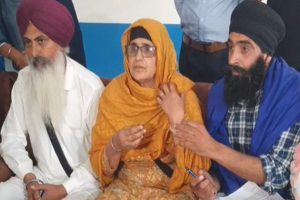For a country like India, a vast land holding an even vast number of people, it barely comes as a surprise that the contrasting and divergent forms of culture, like threads of different hues, weave together an existence. And for us all, this existence is our “Mata”. Our mother and our motherland! When you consider that we love our motherland like our own mother, it puts a question mark on why so many people living in this country, for whom India is everyone’s mother, there ought to be so much discord. We share the same “mother”. Yet, does the population which shares the common authority of referring to Bharat as their Mata, hold any such familial sentiments towards each other? The answer to this question lies in the way the children of Bharat Mata socialize. Consider how we converse with even those we are unfamiliar with: We may have never seen their faces before, but we address them with the honourifics pertaining household titles such as chacha, bhaiya, didi, dadi, (uncle, brother, sister, grandma) and so on and so forth. These titles are what we use for our consanguinity. The natural adjustment of using them for all and sundry whispers a loud statement on the long established norm of the society as a badaa parivar.
And as if that is not a convincing argument enough in favour of the perceived idea, we continue to claim that we are all brothers and sisters and the children of mother India. In the course of our pledging to be an Indian, let the cursor hover on some distinctive questions because actions speak louder than words. So let’s ask, in which plate is the treatment of fellow members in this big family served? What type of local circumstances has this custom pyramided? What are the other factors that institute and unite the culture of India as it is in the face of the colossal differences across the states? As someone who belongs to a city as much as to rurality, I ask for you to ponder, before I lend my eyes for others to see at another time.
(Alina Hussain is currently pursuing her undergraduate degree from Miranda House in Zoology Honours. Since her younger years, she has always taken delight in expressing the joy of littles in life through words. This is one of her works that resides close to her heart)











